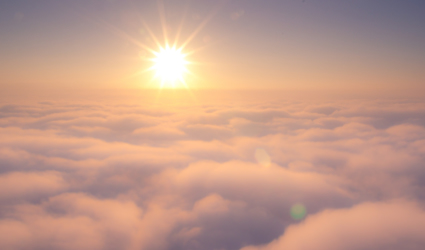Europe - Berlin
Day 3 - Berlin, Germany, 08.13.2018
Today's Garmin Step Milage: 12 km
Well today is our last day in Berlin and we have enjoyed each and every moment here. We have discovered the East Berlin and parts of the West Berlin, becoming more informed about the events surrounding WWII and the Nazi rule. Today we are going to head out and discover more history from the "Green" line on the Hop-on-Hop off bus tour.
The Green line stops at:
New Synagogue, Berlin Wall Memorial, Bunker Gesundbrunnen, Mauer Park, and East Side Gallery (and a few others).
The Neue Synagoge ("New Synagogue") was built 1859–1866 as the main synagogue of the Berlin Jewish community, on Oranienburger Straße. The New Synagogue was built to serve the growing Jewish population in Berlin, in particular, immigrants from the East. It was the largest

synagogue in Germany at the time, seating 3,000 people. The building housed public concerts, including a violin concert with Albert Einstein in 1930. With an organ and a choir, the religious services reflected the liberal developments in the Jewish community of the time. During the November Program on the 9th of November, 1938, the Synagoge was broken into. Torah scrolls desecrated, furniture smashed and other combustible furnishings piled up and set on fire. The synagogue was saved by a local police officer by halting the Nazi actions and allowing the fire department to help extinguish the fire. It was rebuilt to its grander of today following many attempts of destruction over the years.
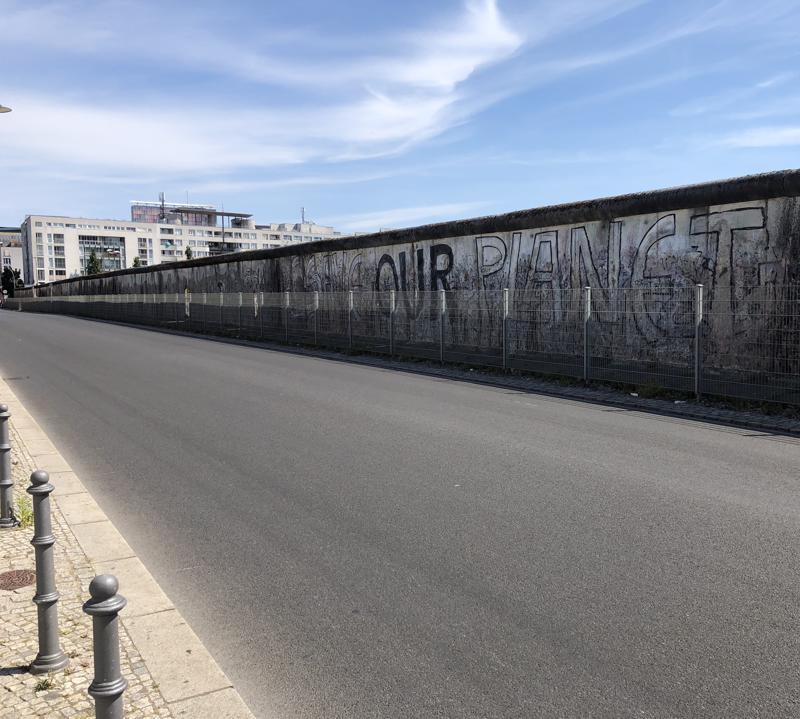
The Berlin Wall Memorial...
A GDR soldier jumping over the fence at the last moment. People jumping out of windows into sheets held out by West Berlin firemen – images of Bernauer Straße in August 1961 were seen all over the world. Today this historic location is the site of the Berlin Wall Memorial where the partition of Berlin is remembered.
The Berlin Wall Memorial is a large open air exhibition on the former border strip covers four areas with historical audio materials and pictures, a visitors’ centre and an observation tower. There is a 70-metre stretch on the Berlin Wall with border strip and watchtower directly on Bernauer Straße. The installation shows how the border was set up at the end of the 80s and gives visitors the lasting impression of the construction that once divided a country.
The exhibition in the documentation centre is on the other side of Bernauer Straße and shows the history of the construction of the wall in 1961. You can take a look at the remaining parts of the border crossing from a five-storey observation tower.
There is also a Chapel of Reconciliation on the site. The former Church of Reconciliation was demolished in 1985 as it was directly on the border strip. Visitors to services in the new chapel regularly remember the victims of the Wall. The Window of Memorial on the site
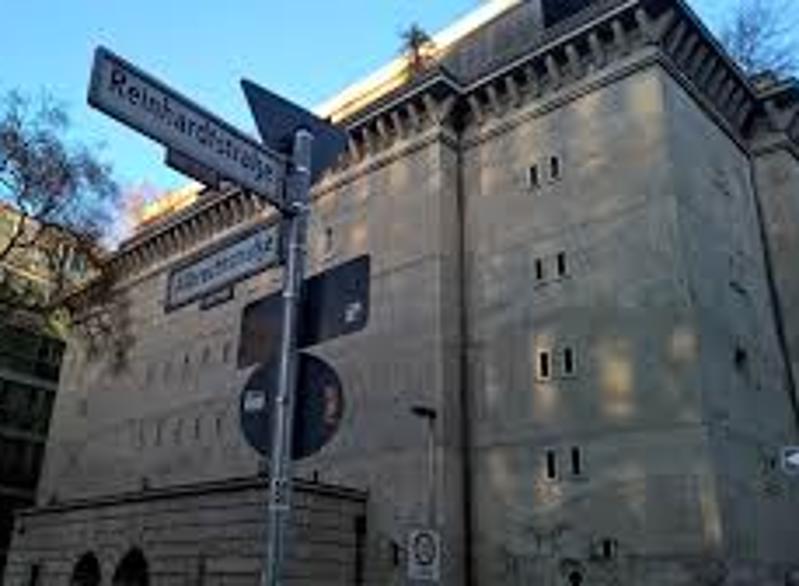
portrays the 130 people who were shot or died on the Berlin Wall.
We were at the site on August 13, 2018 - 50 years after the first day of construction of the wall. Very moving.
Berlin's street level is just the visible part of the city: among the large squares and streets, relics, tunnels and secret passages from Berlin's changing history slumber. Particularly impressive are the ruins of bunkers. Since 1997, the Berlin non-profit Underworlds Association has managed these fateful buildings. 1999 is the first time that visitors are taken on guided tours through the extensive bunker complex in Gesundbrunnen U-Bahnhof. Various guided tours focus on the civilian air raid during the Second World War. On tours through the underground, you also encounter special historic features such as the pneumatic tube system, East Germany escape tunnels, ammunition findings and archaeological treasures.
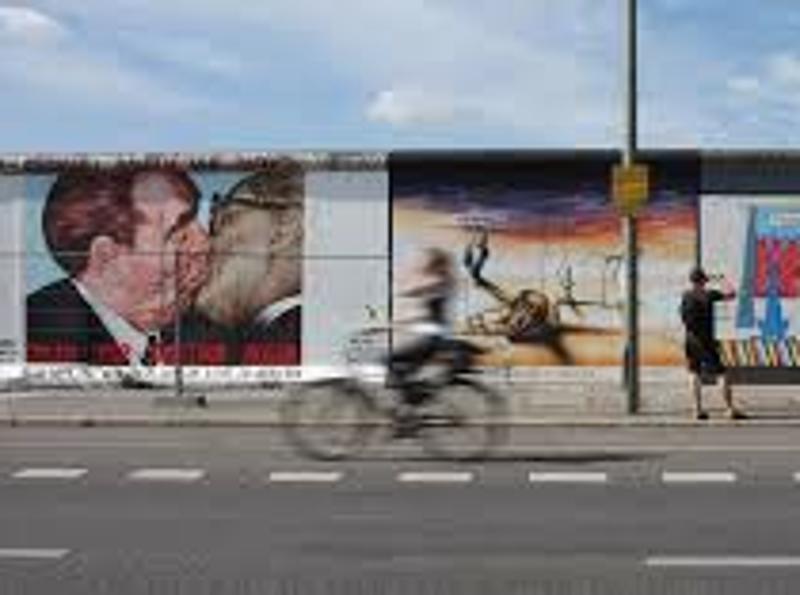

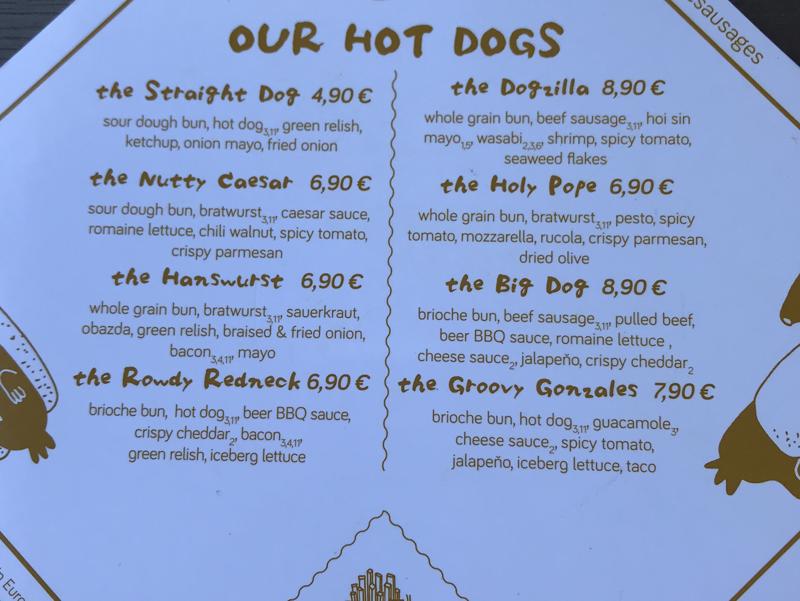
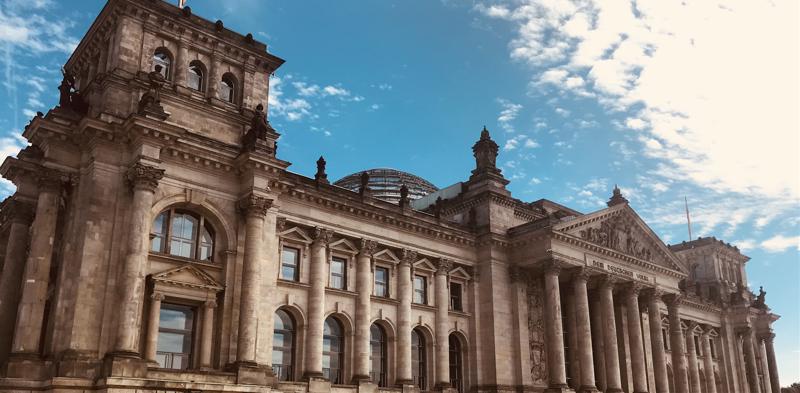
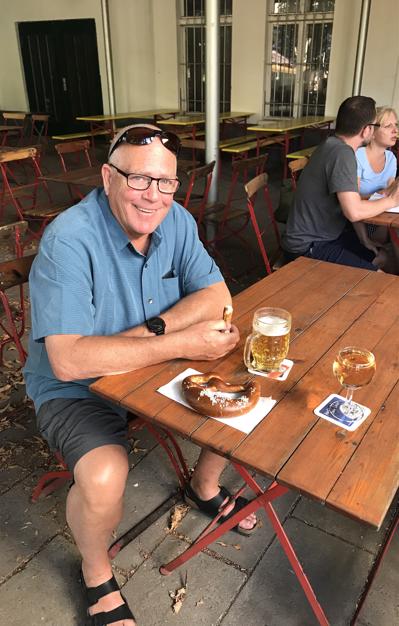

At the East Side Gallery there is 1.3 km of history and art combined. A Trabant (Eastern German Car) is cleverly painted to look like it’s breaking through the wall, Honecker and Brezhnev in a brotherly socialist kiss. The East Side Gallery takes a section of the Berlin Wall and makes it the longest open-air gallery in the world, with the longest continuous section of the Berlin Wall still in existence. Immediately after the wall came down, 118 artists from 21 countries began painting the East Side Gallery, and it officially opened as an open air gallery on 28 September 1990. Just over a year later, it was given protected memorial status.
On our way home we walked through Potsdamerplatz and came across a placed called "The Big Dog" restaurant - gourmet hot dogs and fries. We shared The Holy Pope hot dog and fries with cheese. Lots of unique flavours. From there we headed north towards the the Reichstag building.
Yesterday we came across the opportunity to reserve tickets to tour the Reichstag Dome. We have tried to book tickets to tour the Reichstag building, but unfortunately it is booked for a month in advance.
The Reichstag is a historic edifice in Berlin, Germany, constructed to house the Imperial Diet of the German Empire. It was opened in 1894 and housed the Diet until 1933, when it was severely damaged after being set on fire. After World War II, the building fell into disuse.
The term Reichstag dates back to the Holy Roman Empire. The building was built for the Diet of the German Empire, which was succeeded by the Reichstag of the Weimar Republic. The latter would become the Reichstag of Nazi Germany, which left the building (and ceased to act as a parliament) after the 1933 fire and never returned. In today's usage, the word Reichstag (Imperial Diet Building) refers mainly to the building, while Bundestag (Federal Diet) refers to the institution. The large glass dome at the very top of the Reichstag has a 360-degree view of the surrounding Berlin cityscape. The main hall (debating chamber) of the parliament below can also be seen from inside the dome, and natural light from above radiates down to the parliament floor. A large sun shield tracks the movement of the sun electronically and blocks direct sunlight which would not only cause large solar gain, but dazzle those below. Construction work was finished in 1999 and the seat of parliament was transferred to the Bundestag in April of that year. The dome is open to visitors by prior registration.
On the way back to our hotel we walked through the Brandenburg Gate and area one last time before leaving Berlin. Visiting Berlin has been so enlightening and educating. I have learned more about the Nazi regime and their time in power and the building of the Berlin Wall and its Communistic significance. The Berlin today has has become a global city for international affairs, young business founders, creative industries, higher education services, corporate research, popular media and diverse cultural tourism. It is a great city to visit for everyone to help connect the past, present and the future of many Europeans.
Get started right away!
What are you waiting for? Capture your adventures in a digital diary that you can share with friends and family. You can switch between any of your devices anytime. Get started in our online web application.
